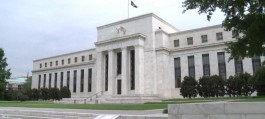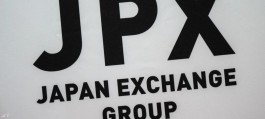The Bank of Japan raised its benchmark interest rate to about 0.25% from its previous range of 0% to 0.1% and outlined its plan to scale back its bond-buying programme.
But the Bank of Japan said it expected real interest rates to remain largely negative, adding that accommodative financial conditions would continue to support economic activity strongly.
The central bank expects core inflation, which excludes fresh food prices, to reach 2.5% by the end of fiscal year 2024, and around 2% for fiscal years 2025 and 2026.
The Bank of Japan said it would continue to raise interest rates and adjust the degree of monetary easing, assuming its economic outlook is met.
The Japanese fiscal year starts on April 1 and ends on March 31, which means that fiscal year 2024 will end in March 2025.
The Bank of Japan said it will reduce its monthly direct purchases of Japanese government bonds to about 3 trillion yen ($19.64 billion) a month in the January-March 2026 quarter. As of its March release, the bank said its purchases of Japanese government bonds stood at about 6 trillion yen a month.
The BOJ added that it is now set to cut the amount by about 400 billion yen per quarter, which will lead to a decline in total Japanese government bond holdings of about 7% to 8% by fiscal 2026. The BOJ’s holdings of Japanese government bonds currently stand at 579 trillion yen as of July 19, according to CNBC calculations.
However, the central bank stressed that it will be flexible on this plan and will conduct an interim assessment of the reduction plan at the June 2025 meeting.
The bank will respond quickly, for example by increasing the size of Japanese government bond purchases, and added that it is ready to adjust the plan at monetary policy meetings, if necessary.







































